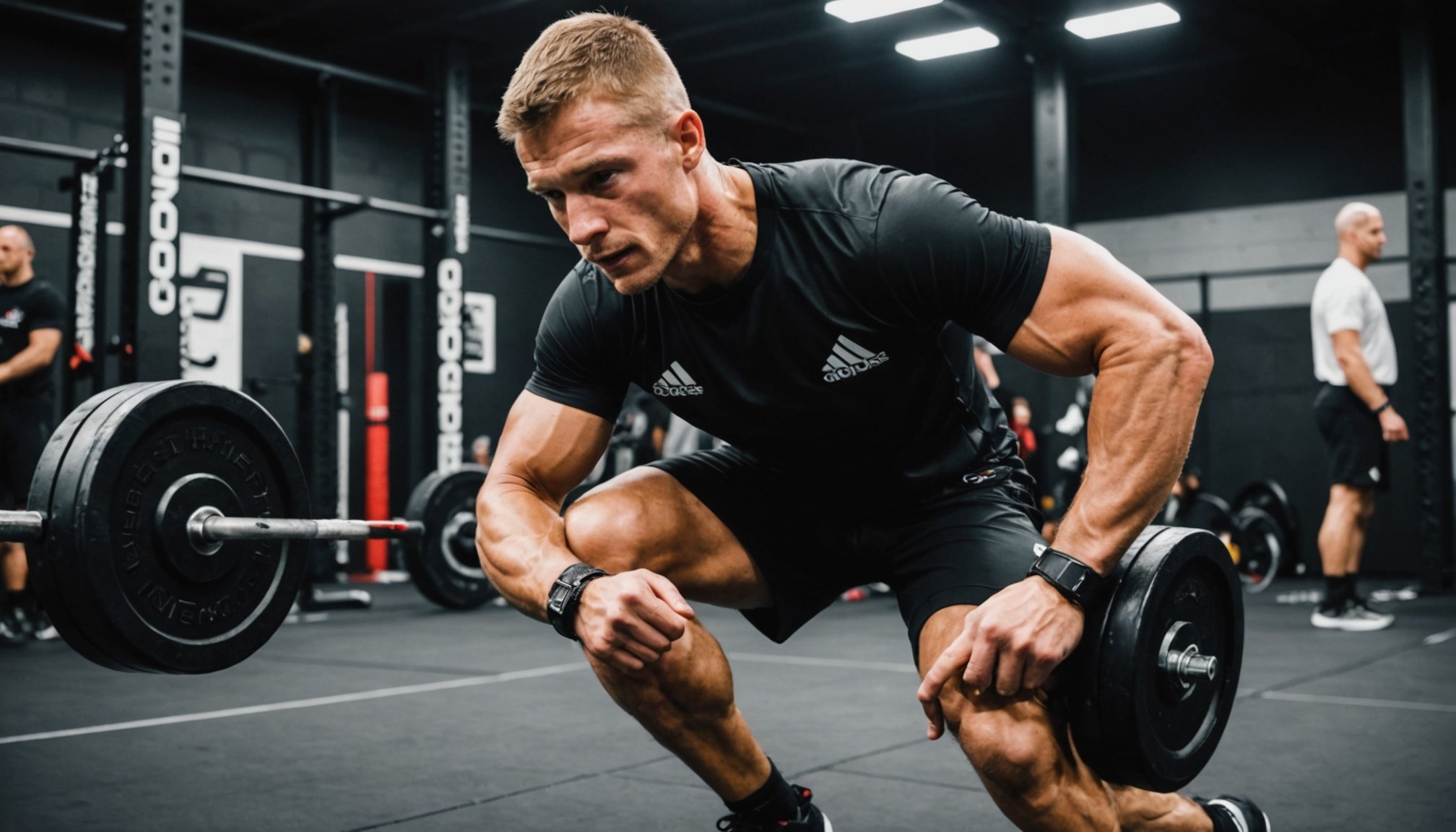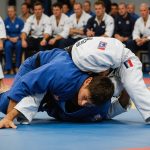Importance of Joint Mobility in Combat Sports
In the high-intensity world of combat sports, joint mobility plays a critical role in ensuring athletic excellence and optimal performance. Joint mobility refers to the range of motion across the joints, which is crucial for executing precise techniques and maneuvers effectively. Greater joint mobility provides athletes a wider scope for movement, minimizing restrictions that could hinder performance.
Poor joint mobility can lead to common injuries, such as sprains or strains, particularly in combat sports where agility and flexibility are pivotal. Limited mobility may cause stress on muscles and ligaments, leading to overcompensation and eventual injury. Regularly working on joint mobility can drastically reduce such risks and promote longer, more sustainable athletic careers.
Also read : Mastering breakfall skills: key strategies for uk judo coaches to boost athlete performance
Moreover, enhanced joint mobility offers a distinct competitive advantage. It allows for smoother transitions between different movements, increasing the capacity for power and speed while maintaining control. Fighters with superior joint mobility can fluidly adapt to opponents’ strategies, optimizing their athletic potential.
Thus, by prioritizing joint mobility, athletes not only safeguard against injuries but also considerably elevate their combat sports performance, achieving a level of athletic excellence that can lead to superior competitive outcomes.
This might interest you : Empowering uk judo athletes: proven tactical approaches for match preparation success
Key Joint Mobility Exercises for Combat Sports Athletes
Enhancing joint mobility is crucial for combat sports athletes, providing improved performance and injury prevention.
Dynamic Stretching Techniques
Dynamic stretching involves flexibility training through controlled movements that mimic those in the sporting activity. It serves as a vital component of a proper warm-up. Combat athletes should employ leg swings, arm circles, and torso twists, which efficiently increase heart rate and loosen joint structures. This technique readies the musculoskeletal system for the demands of training or competition.
Static Stretching for Recovery
Static stretching plays a key role in athletic training post-exercise. It aids in muscle recovery and joint health preservation, helping to lengthen the muscles that have shortened during physical exertion. Essential stretches include hamstring stretches, calf stretches, and the butterfly stretch, each held for at least 30 seconds. This practice promotes relaxation, helps diminish muscle soreness, and maintains flexibility over time.
Foam Rolling and Myofascial Release
Foam rolling is a myofascial release technique that integrates seamlessly into a joint mobility routine. By rolling over muscle groups such as quads, calves, and back, athletes can alleviate muscle tension and boost blood circulation. This method supports enhanced joint mobility while preventing injuries, ensuring that athletes can perform optimally without restrictions.
Injury Prevention Strategies for Combat Sports Competitors
Combat sports competitors face unique challenges, necessitating focused injury prevention strategies. At the forefront is the significance of regular mobility assessments. These assessments are crucial as they identify potential vulnerabilities in an athlete’s joint health. Understanding one’s range of motion allows athletes to address limitations proactively, potentially shielding them from future damage.
Common preventive measures for combat athletes often include customized routines that cater to individual needs. These tailored exercises emphasize enhancing flexibility and strength, specifically targeting areas prone to injuries. Techniques like dynamic stretching and proprioceptive training are employed to fortify an athlete’s resilience.
Strength training plays a pivotal role in maintaining joint stability. It involves exercises that enhance muscle support around joints, fostering durability during intense combat training. Well-structured strength programs not only bolster the joint support system but also amplify overall performance levels.
Athletes should integrate comprehensive programs that reflect a balance between joint health and functional strength. This balanced approach not only aids in injury prevention but enhances longevity in their sporting careers by reducing the likelihood of wear and tear. Adopting such a multi-faceted regime ensures that combat sports athletes can perform at their peak while safeguarding their physical well-being.
Expert Opinions on Joint Mobility for Martial Arts
Understanding joint mobility is essential for anyone involved in martial arts. Enhanced mobility can significantly impact your performance improvement. Expert advice from various professionals provides valuable insights.
Interviews with Sports Physiotherapists
In interviews, sports physiotherapists emphasise the correlation between joint mobility and minimising injuries. Their expertise in combat sports coaching shines as they suggest tailored exercises that maintain flexibility while bolstering strength. Their guidance often revolves around dynamic stretching routines which are paramount to prepare muscles for the rigours of martial arts.
Testimonials from Successful Athletes
Successful athletes frequently attribute their accolades to improved joint mobility. Their testimonials reveal how they benefited from targeted stretching and conditioning practices, leading to a noticeable upgrade in performance improvement. This enhancement has not only been pivotal in competitions but also in sustaining long-term careers in martial arts.
Insights from Martial Arts Coaches
Martial arts coaches provide practical solutions for those looking to enhance their joint mobility. Techniques like controlled, consistent stretching and incorporating yoga are often recommended. Coaches underscore the importance of expert advice to create personalised routines addressing individual needs.
Key success stories often highlight how specific joint enhancement techniques have led to breakthroughs in agility and strength, contributing to a robust combat sports coaching strategy.
Local Resources for Joint Mobility Development
Seeking ways to enhance joint mobility can dramatically benefit combat sports athletes and enthusiasts alike. Exclusively in the UK, training resources abound, enabling individuals to improve their agility and flexibility. Joint mobility workshops are increasingly popular, offering specialized knowledge and hands-on practice.
Attending these workshops provides an invaluable opportunity to connect with others in the same pursuit. Moreover, networking is made easy, fostering connections that could lead to further opportunities within UK combat sports. These events can familiarise attendees with local trainers who are reputed for their expertise in joint health.
When choosing a trainer, it is wise to consider those who have established a reputation in the field. Trainers who specialize in joint health often tailor their programs to suit specific needs, maintaining a focus on improving mobility while preventing injuries.
For those aspiring to succeed in combat sports, enhancing joint mobility is a crucial step. With accessible training resources and workshops across the UK, athletes can find the support they need to pursue their athletic goals fully. Engaging with these local resources not only aids physical development but connects one to the broader UK combat sports community.











